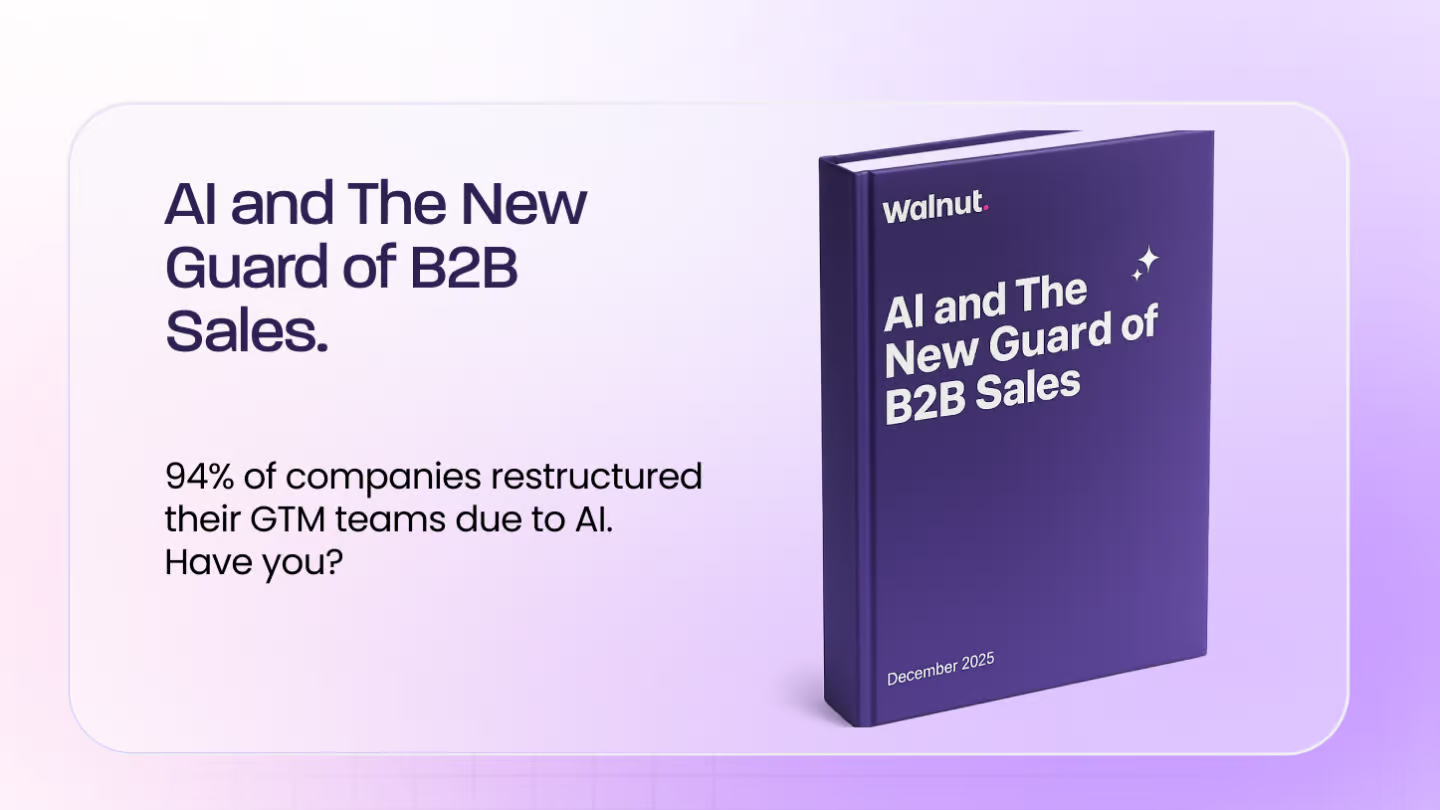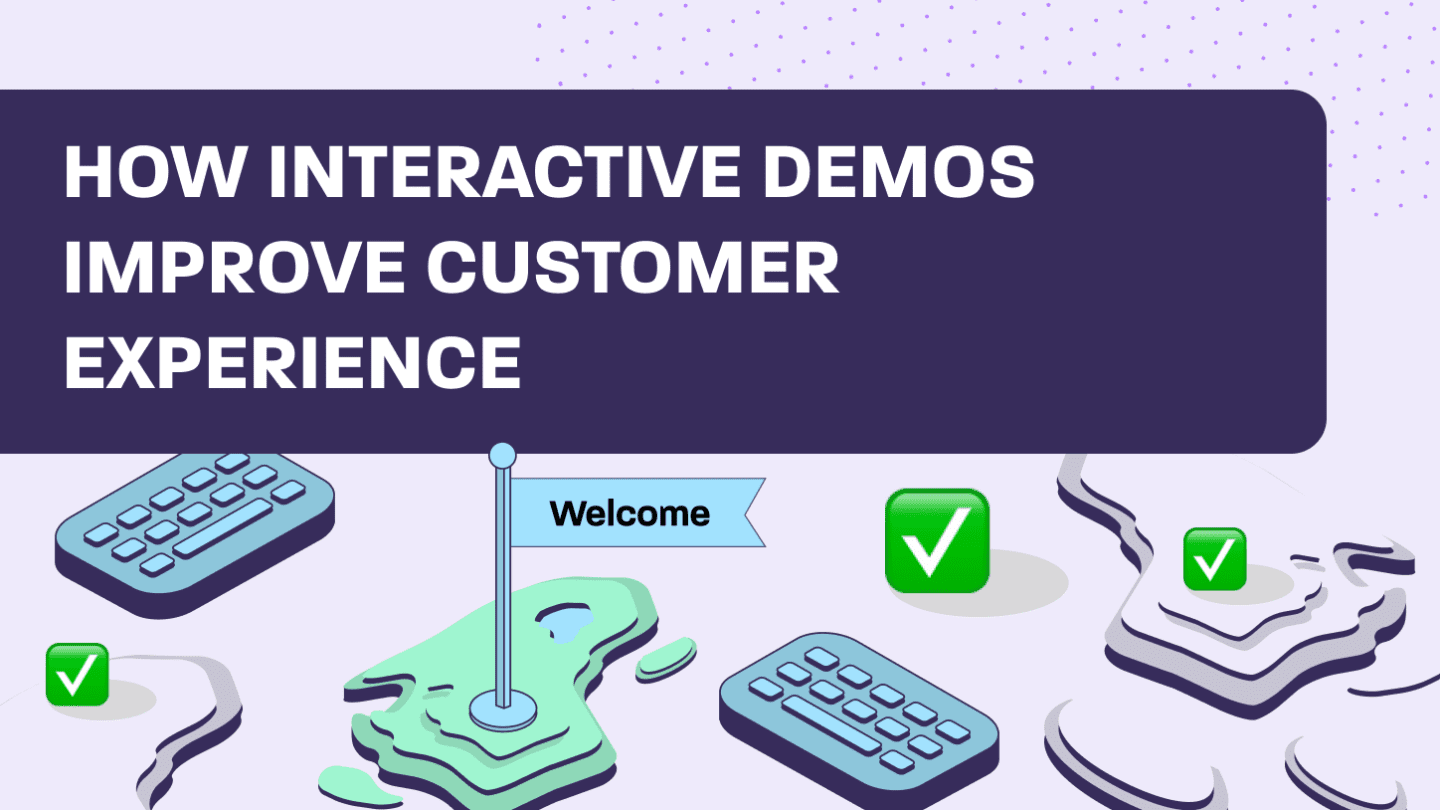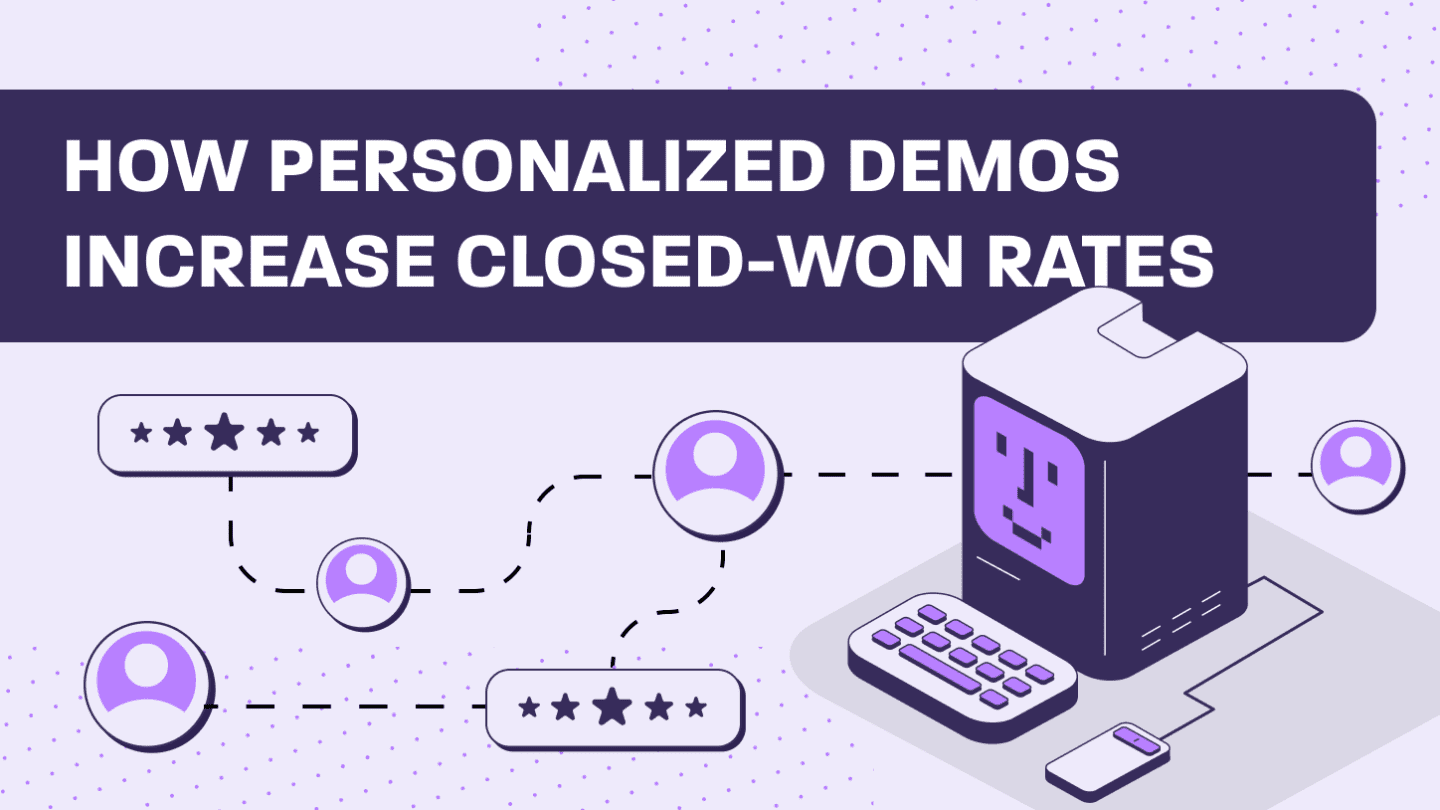Now that’s what I call high-quality H2O!
(Wait a sec, wrong Sandler.)
David Sandler didn’t star in The Waterboy. But he did develop the Sandler Selling System in 1967.
This sales methodology is all about establishing mutual trust and understanding between the sales rep and the prospect.
But that’s just a drop in the bucket.
In this article, we’ll cover everything you need to know about the Sandler Sales System and share some pro tips that will help you incorporate this methodology into your SaaS sales strategy.
What are sales methodologies?
Before we dive right in, let’s go over what sales methodologies are. A sales methodology is a structure or framework that guides your sales reps to the finish line: a closed deal.
Basically, a sales methodology transforms goals into practical tasks for reps to do at every stage of the sales process.
At its heart, each sales methodology aims to support the sales team and enable reps to perform at their best by using tried-and-true methods for problem-solving and problem identification.
Examples of different sales methodologies include Gap Selling, Conceptual Selling, and MEDDIC sales process.
What is the Sandler Selling System?
Now, it’s time for the main attraction.
The Sandler Selling System is a sales methodology that places the focus on fostering the relationship with a prospect. And in this approach, the priority is the lead qualification stage instead of the closing stage.
What else makes the Sandler Sales System unique? Rather than pushing a product, this strategy is all about understanding a customer’s pain points and showing the value your product can bring.
You can think of the sales rep as being like an advisor that will try to pinpoint and address any barriers during the qualifying stage.
Based on this technique, another David (David Mattson) penned the Sandler Selling Rules. These are 49 rules or principles that outline behaviors, attitudes, and beliefs to help sales reps reach their goals when using the Sandler Selling System.
Even though there are seven steps to implement this methodology (we’ll get to this in a bit), you can break down this technique into three general stages:
- Building a relationship
- Qualifying leads
- Closing the sale
In this approach, reps take on the role of a consultant. Instead of trying to push a product onto someone who doesn’t need it, the Sandler System advocates for finding out what the person really needs during the qualification process.
When done right, the Sandler Sales System will make sure prospects are convinced that the seller not only knows what problems they face, but also that the seller has the solution and is aligned with the prospect’s goals.
Sounds interesting, right? But if you’re still not entirely convinced, the proof is in the pudding. A whopping 88% of salespeople who underwent Sandler System training saw their sales strategy improve.
And the real kicker: with the Sandler System, 50% more sales reps said they were able to meet their quotas, compared to those who used other strategies.
*Mic DROP*
Sandler Sales Submarine
We all live in a Sandler Submarine, Sandler Submarine, Sandler Submarine.
Wait, what do submarines have to do with the Sandler System? We’ll explain.
David Sandler supposedly came up with the idea for how to explain this strategy after watching World War II movies that showed how submarines worked.
He compared the Sandler Selling System to being like the interior engineering of a submarine. During an attack, the crew would move through each compartment of the submarine and close the door behind them to avoid flooding.
Likewise, the sales rep’s goal should be to successfully move through each step of the sales process to arrive at the deal in one piece.
The difference between the Sandler Sales approach and other techniques
Essentially, the Sandler Sales process puts qualifying the lead and ensuring the product meets the prospect’s needs above all else. Meanwhile, in other sales approaches, closing the deal is the first priority.
Although it can take longer to vet prospects, the leads that come from this process will be people that are more likely to actually want to buy your product.
At the end of the day, a successful Sandler Sales approach will give you the tools to build a solid foundation for long-lasting relationships with prospects. And this can help reduce your SaaS churn.
Benefits of the Sandler Selling methodology
High-level, it’s pretty clear how the Sandler Selling method can strengthen your B2B sales strategy. But what are the tangible benefits of this approach?
Here are just a few of them.
- Effectively identify and interact with new prospects.
- Remove resistance and prospect delays from the sales process.
- Qualify leads and make it easier to get deals done.
- Eliminate last-minute sales negotiations or requests for compromise.
- Maintain control over the discovery process and help advance the process..
- Avoid presenting to prospects who are unable to make the necessary commitment or purchase decisions.
How to implement the Sandler Selling System into your SaaS strategy
Now, let’s go back to our submarine analogy.
*Warning: You’re about to encounter a lot of words that start with S.*
To implement the Sandler Selling System into your SaaS sales strategy, there are seven different compartments of the submarine (or steps) that outline how reps should approach each opportunity.
Plus, we’ve thrown in a few actionable pro tips to go along with each one.
1. Establish a bond and build rapport
The Sandler Sales System sets sail by establishing a bond and building rapport with prospects.
During this phase, sales reps need to try to set a solid foundation for ongoing and future conversations. This involves learning about the prospect’s company in great detail and presenting potential solutions.
Basically, the goal of every interaction is to establish a rapport and facilitate open and honest communication.
Pro tip: Consider asking questions like:
“I saw that company X just bought your company. What effect has that had on your job?”
“I understand that Product ABC was recently launched; how long did that take?”
“I noticed that your business just transitioned to a totally remote workforce. What changes has that prompted in you personally?”
These kinds of questions demonstrate your interest in the buyer’s goals and pain points. And they help build mutual trust and create a personal connection.
2. Create up-front contracts
Establish a rapport between you and the prospect? Check.
What should you do next? Set up an up-front contract.
In the second phase of the Sandler Selling method, you’ll want to define clear responsibilities and expectations to solidify the relationship you’re building with the customer.
When you make the roles of both parties known from the start, you can often avoid any potential obstacles to the agreement.
Pro Tip: You may, for example, pose the following questions to ground the conversation:
“Do you still have 20 minutes to talk with me about the next stages today?”
“We’ll talk about step 1 and step 2 today. Before we get started, is there anything else you would like to add?”
“If we agree to continue on to the next stage in our discussion, we will discuss X, Y, and Z. Does that work for you?”
3. Dive into customer pain points
Who’s got pain? Customers. And who’s going to alleviate it? Well, that’s up to the sales rep.
Finding out what the buyer’s problems are can help you determine whether or not your product or service is the right fit for them. This is where lead qualification comes into play.
The main principle here is that if you don’t understand customers’ problems, you can’t provide them with solutions.
Showing how your product addresses their specific needs can help prospects better understand the value proposition.
At this point in the process, you’ll spend the majority of your time listening. A decent rule of thumb is 70% listening and 30% talking. When you talk more than you listen, it makes it harder to connect with a prospect and get to the heart of the issues they face.
Pro tip: To show you are invested in solving prospects’ specific pain points, consider asking questions like:
“What would be the broader consequences if you aren’t able to fix this issue?”
“In what way do you think I may be able to assist you?”
“What’s the one thing that worries you the most right now?”
4. Define the budget
After you identify prospects’ pain points, it’s time to understand if they have the money, resources, and time to address them.
Reps using the Sandler Sales approach will define the budget first, rather than determining if the prospect can pay for the solution later on in the process.
When the prospect provides a number, a rep has two options: either continue with the process or abandon it. Because why waste time if the prospect doesn’t have the means to buy your product in the first place?
A sales rep might be able to create a special solution according to how much the prospective buyer wishes to spend, but this isn’t always the case.
Pro tip: We know talking about money can be uncomfortable. But understanding the customer’s budget from the get-go will help you make sure you are focusing your time on the right prospects.
Here are a few questions to get the conversation started:
Do you have a general budget that is allotted to solving this problem?
Have you seen our pricing options?
5. Discuss the decision-making process
It’s decision time.
This compartment of the Sandler Sales System is the last step in the qualifying process. You’ll need to find out what it will take to make the decision.
To do this, you should focus on learning who the decision-maker is, because they have the buying power and can access the budget.
It’s also important to understand who has the ability and desire to use your product. Even though the CEO has the power to buy the product, they might not fully see the use. You may be better off focusing your efforts on the Director or VP of whichever department will ultimately use your software.
But beware of any self-appointed decision makers who don’t actually have the authority to sign on the dotted line. This is why you should try to verify their role if possible.
Pro tip: Asking these questions can help you uncover who the key decision-makers and stakeholders are:
“Who is responsible for this decision? Do you require any approvals?”
“Who else in your organization will this decision affect?”
“How do you go about making decisions? What would have to change before you authorize a purchase?”
6. Present your solution to the problem
Close that deal!
At this point, you understand the pain points, you know the budget, and who the decision-makers are. From here, you can qualify or disqualify the prospect, which is a big part of the Sandler Selling System. Now, we’ll move on to the closing stage.
This is when you’ll offer your SaaS product or service as the answer (or proposal) to the prospect’s challenges.
Their needs, especially those related to finances and the decision-making process, should be met by your proposal. And remember to incorporate all of the information you gathered during qualification into your proposal.
In this step, the buyer’s choice should be pretty clear. If there are any last-minute reservations, you might have overlooked a step during vetting or didn’t establish enough trust, which caused the buyer to not reveal their true pain points.
Pro tip: To ensure that your prospects are excited about your solution, send them an interactive product demo so they can try your product out for themselves and see first-hand how it can solve their specific pain points.
7. Go over the post-sale process
Woohoo, your deal is almost done!
But there’s one more compartment in the Sandler Submarine. The sales rep will go over the next steps and work to make sure there’s no buyer’s remorse.
This can include connecting them with a customer success manager to onboard them into the product or sending interactive tutorials to walk them through the areas of the product that are most relevant to them.
Pro tip: Here, you have a chance to upsell or cross-sell other SaaS features or products to prospects after the initial sale is closed.
Using the Sandler Sales System to boost your SaaS sales
The journey is more important than the destination.
Well, not exactly. You still need to meet your quota.
But how you approach the sales process can make all the difference. And one way to tackle the journey that’s SaaS sales is by using the Sandler Sales System.
And while the success with Sandler Sales Methodology speaks for itself, there is SaaS sales tech that makes this system even easier. For example, with a demo platform like Walnut (cough, cough), you can create engaging and instructive sales demos that’ll help you qualify your leads, understand your buyer intent, and showcase your product’s value early on in the process.
These interactive sales demonstration guides can be used throughout the Sandler Submarine compartments to help you show why your product is exactly what prospects need to solve their problems.
Let’s put it this way. When you use interactive demos during the Sandler Sales process, it’ll help you establish the meaningful connection you need to guide prospects to the ultimate destination—signing on the dotted line.
So what are you waiting for? Push the “Get Started” button at the top of your screen to start improving your SaaS sales today.





